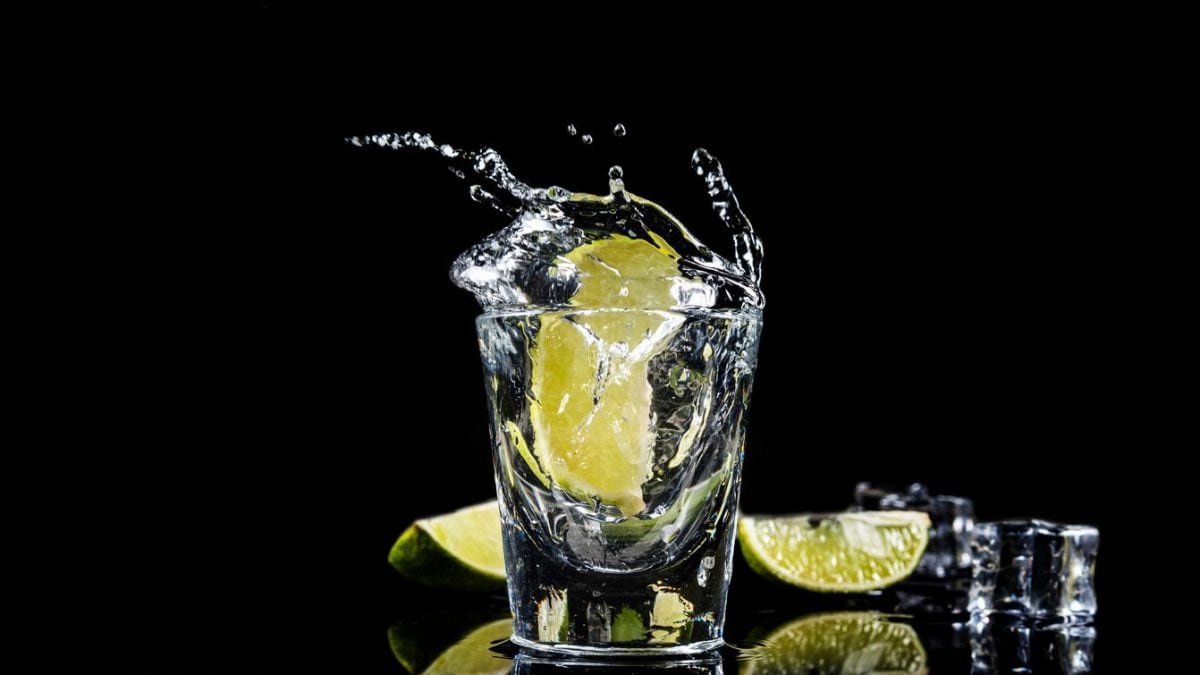
Tequila is iconic, a spirit that immediately conjures up images of Mexican fiestas, salt and lemon shots , and cocktails like the Margarita. But tequila is much more than that: it's a product with a millennia- old history, a deep connection to Mexican culture, and a unique and fascinating production process. It's the spirit with which Gus Frings got rid of the Juarez Cartel in Breaking Bad; the spirit that Meredith Grey embraces when she discovers Derek Shepherd is married to Addison Montgomery in Grey's Anatomy.
Today we'll tell you all about this product obtained from the fermentation and distillation of blue agave. Its peppery, herbaceous flavor recalls the endless expanses of the Mexican desert with the agave plantations that extend across the Jalisco region. In short, to make tequila, the plants are steamed, and the liquid, aguamiel, is then fermented and finally distilled. Distillation alone gives tequila its clear, pure color. We then have three varieties: Reposado, Añejo, and Extra Añejo, which are amber-colored, like whiskey, because they're aged in barrels for an even fuller tequila flavor, or as Hispanics say, tequila. In this article, we'll delve into the world of this distilled spirit, from its ancient origins to its modern production, from the different types of tequila to the best ways to enjoy it. Together, we'll discover the secrets of this extraordinary product, learning to recognize quality labels and appreciate their nuanced flavors.
What is Tequila and How Is It Produced?
The plant from which this distillate comes is the blue agave, also known as agave tequilana. The piña, the central part, is extracted from the plant because it contains inulin, the carbohydrate from which sugars are extracted to start fermentation.
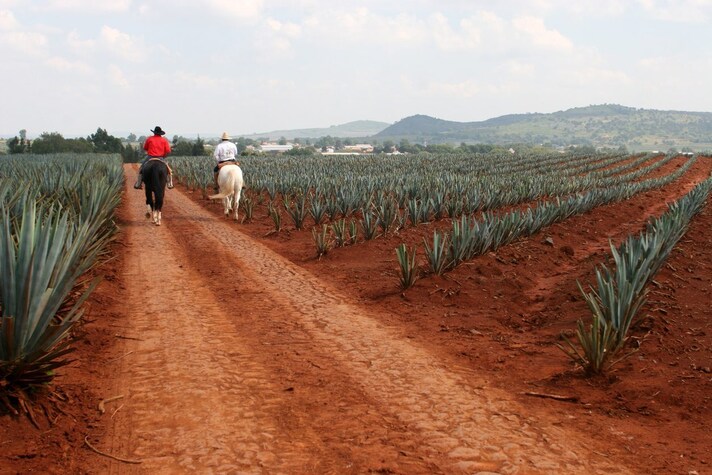
The harvested agave is steamed to soften the fibers and release the soluble sugars that affect the product's peppery flavor. The resulting liquid, called aguamiel, is fermented in large containers and then distilled in a pot still to obtain the finished product. Tequila can be distilled up to three times, with the understanding that with each distillation, some of the characteristic agave flavor will be lost. This produces the Blanco variety, a clear, pure tequila with the aromas and flavors of the original plant. However, there are three other types of tequila that are obtained through aging.
- Reposado, when the product is matured in oak barrels for at least three months.
- Añejo, when the tequila is left to rest in contact with wooden barrels for one to three years.
- Extra añejo, same procedure as the previous one with aging that exceeds three years.
These three distinct tequilas, in addition to the agave flavor, also possess all the organoleptic properties that come from aging. It's up to the distillery to master the flavors so as not to desecrate a pure product like this.
Stories and Legends Related to Tequila
The first traces of this distillate date back to the time of the Aztecs. Many legends about the birth of tequila can be traced back to this period, before the arrival of the Conquistadors in Mexico. It is said that Frida Kahlo herself, the human symbol of Mexico, was so passionate about tequila that, despite her illnesses, she asked her doctor, "Doctor, if you let me drink this tequila, I promise not to touch a drop at my funeral."
According to the Aztecs, tequila was a gift from the gods to chosen people; in fact, the spirit was drunk only by priests, nobles, and the sickly elderly. Many stories from the period reveal how, since ancient times, tequila had been used as an antidepressant. "It cures you of all ills, especially sadness and bad moods," we read in the notebooks of the conquistadors. It is precisely from this "property" that the most beautiful legend surrounding the spirit was born.
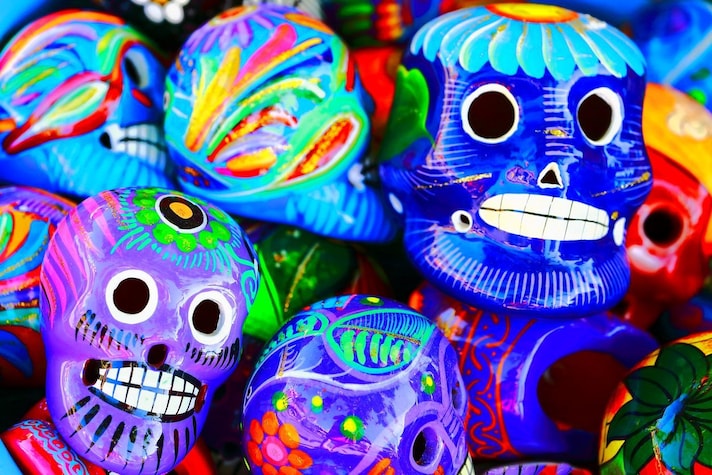
The god Quetzalcoatl (god of the wind, Venus, dawn, merchants, arts, crafts, and knowledge), weary of seeing mankind sad and desperate (due to Spanish oppression), seduces and falls in love with the goddess Mayahuel (goddess of reciprocated love and protector of the agave) so that she would descend upon Earth to offer mankind her beauty. Offended by this coupling, the goddess's grandmother, a member of the Tzitzimime (a type of Angel of Death), rises from the shadows to seek out her granddaughter and punish her. Quetzalcoatl, to protect his beloved, picks her up and transforms into a tree. The grandmother, upon discovering the deception, becomes even more enraged and strikes the Earth with lightning and thunderbolts until the tree is destroyed.
Once his grandmother's fury is calmed, the god Quetzalcoatl regains his former form, but the burned branches are unfortunately the bones of his beloved. Right where they had hidden, he collects and buries Mayahuel's branches. From the god's tears on the bones of his beloved, from whose heart flows the "sacred water," the agave is born, which puts an end to the sadness of human beings on Earth.
The True Story of Tequila
Although Barney Stinson warns us that "you shouldn't ruin a good story with the truth," the actual story of the birth of tequila is much less romantic, but it must be discussed. According to Pan-American records, the first tequila was produced in what would later become the city of Tequila in the 16th century. The spirit didn't have that name and wasn't really tequila. The spirit as we know it today had to wait for the arrival of the Spanish. In 1521, the Conquistadors ran out of brandy supplies brought from Europe and tried this "Ictac octli," the white liqueur produced by the native populations. They liked it, but they improved it, thanks to their experience in the Old Continent: they fermented the agave juice. We had tequila.
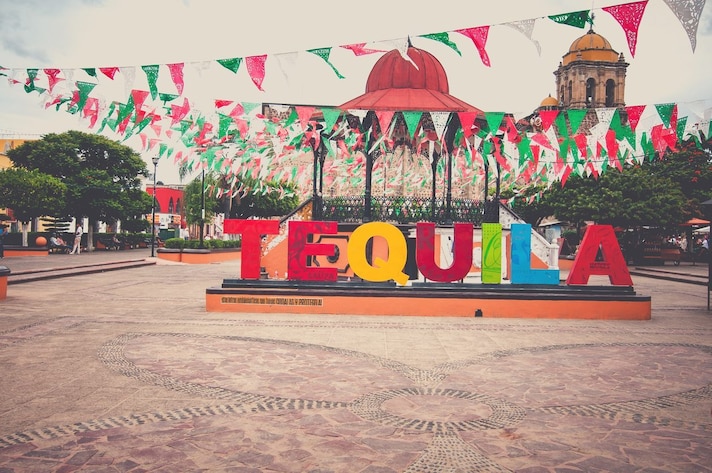
After Mexico was conquered, the spirit became one of the first indigenous alcoholic beverages in North America. Don Pedro Sanchez de Tagle, the Marquis of Altamira, who ruled the area on behalf of the Spanish crown, recognized the economic potential of tequila and began mass production in a factory. The product was very popular and reached Spain, where King Charles IV granted a license and, of course, taxed tequila.
For nearly 300 years, this spirit's life unfolded peacefully, constantly traveling between the Americas and Europe. However, when a producer was elected as Tequila's municipal president, things changed: first Don Cenobio Sauza, and then his nephew, decided to cross the border and bring tequila to the United States, stating, however, that "there can be no tequila where agave doesn't grow." Even today, this spirit can only be produced within Mexican borders, thanks to that intuition.
How Do You Drink Tequila and How Do You Recognize Its Quality?
The advice: "We're used to drinking tequila neat, that's how I recommend drinking it, but we're not used to enjoying it. We usually drink it in the form of a shot, but the best way to drink this spirit is to drink it neat, savoring every sip."
Tequila was created to be sipped. The salt and lemon "ritual" is an ancient legacy, from when this spirit was drunk "to be happy": but it was so disgusting that Mexicans used salt and lemon to hide the taste of spirits and people were satisfied.
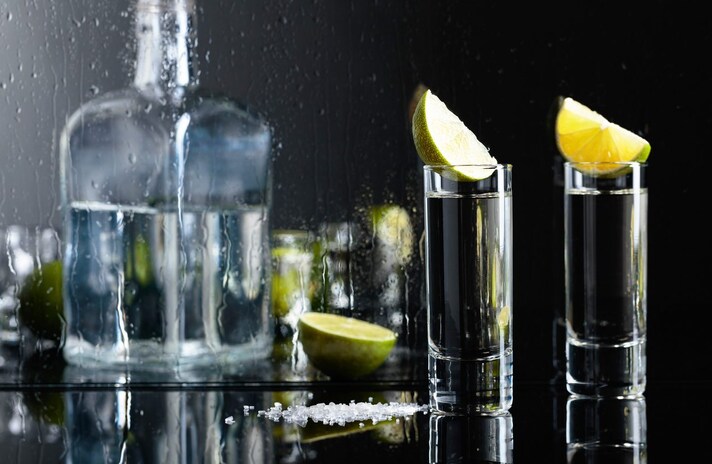
The smell of spirit comes back in the conversation, "because if you smell it, it's probably not a real tequila. A good product isn't served with salt and lemon; it has to be savored. We know if a tequila is good just by opening the bottle. When we smell the alcohol and not the herbaceous notes, we already have a problem. We should also smell some smoky notes. This is a fragrant, complex product."
Tequila in Cokctails
"You need to bring out the herbaceous notes, the black pepper notes, the notes that only tequila possesses." This is bartender's diktat for mixing tequila. Some of the world's most famous cocktails are based on this spirit, such as the Margarita or the Tequila Sunrise. This spirit is highly underrated in mixology; "it's not easy to use," says the bartender, because it already contains so many aromatic notes that are difficult to balance.
Long Island Iced Tea is also tequila-based, with vodka, gin, triple sec or Cointreau, white rum, a splash of cola, lemon juice, and simple syrup (the name doesn't indicate the presence of tea, but rather the flavor it resembles).
The Best Tequilas
The best tequilas are those that represent the soul of Mexico, those capable of embodying all the legends we've recounted. As Mascellaro said, it's important that it's a quality spirit made from 100% blue agave. Another indicator is bottling in specific areas of Mexico historically associated with tequila. Mascellaro tells us that "in some places in Mexico, it's still produced according to tradition. There, I tried this spirit in a bar without even a sign, with a homemade artisanal tequila."
You don't have to spend exorbitant amounts to enjoy the best tequilas; "on average, a good product costs around 30 euros," says the bartender. Patron's Tequila Anejo, one of the best on the market, costs around 60 dollars. This tequila is aged for 12 months in French white oak barrels, with numbered bottles. It has a clear color and a smooth, sweet flavor with hints of wood and vanilla.
The same goes for the Tequila Reposado Reserva Don Julio, aged for 8 months in white oak barrels from the United States, produced with 7-year-old blue agave, harvested and bottled in Jalisco, which costs around 50 dollars.
Going even further down in price, around 30 dollars, we find the Tequila Blanco Olmeca. It's very distinctive and has a strong agave flavor due to its cooking in brick ovens made from volcanic rock.
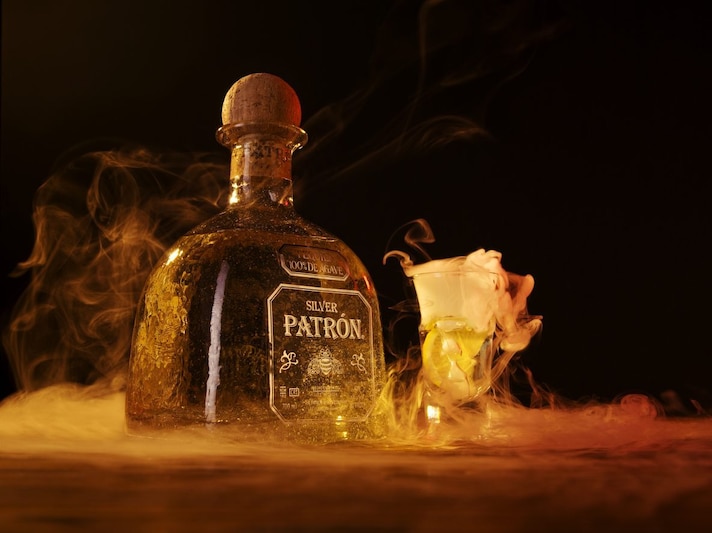
Try and collect the Espolón Tequila Blanco, known for its unbeatable value and distinctive labels celebrating Mexican history, culture, and art. A super-premium tequila with sweet floral and tropical fruit notes, it's available for around $25.
Then there are products that cost much more, whose price is justified by the incredible research into aging the tequila. Among these is the Gran Patrón Burdeos, a tequila costing around $750, obtained through a long and complex aging process carried out in various barrels: two months in American oak, ten in French oak, and the final stage in fine Bordeaux barrels. The bottle is a crystal jewel. The amber color presents a very complex flavor, with hints of caramel and spices.
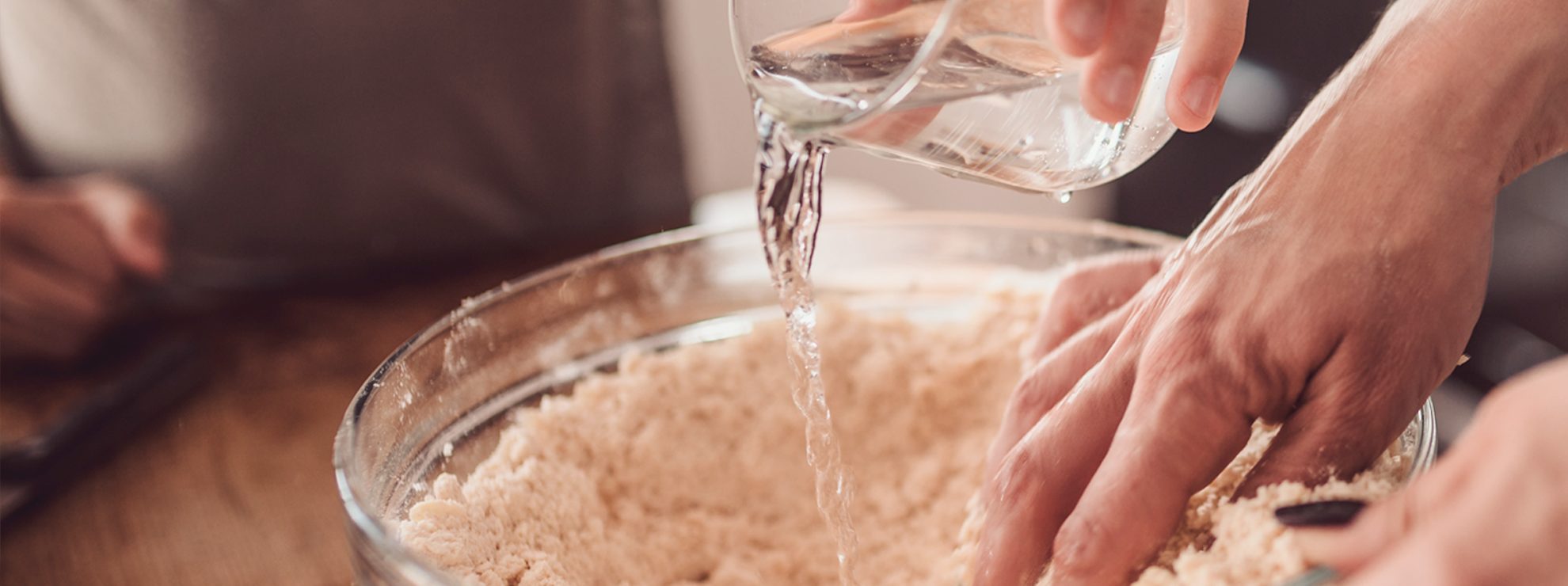;Resize,width=767;)
